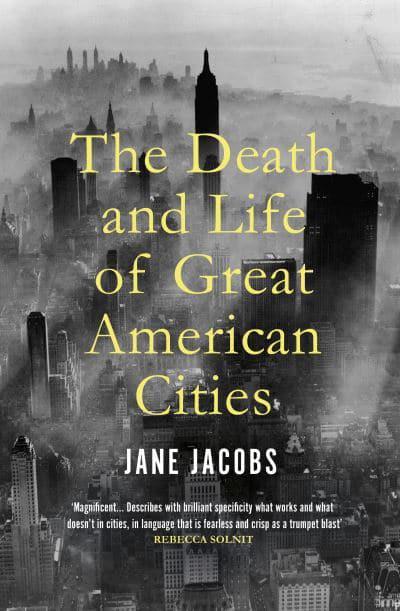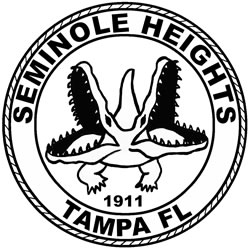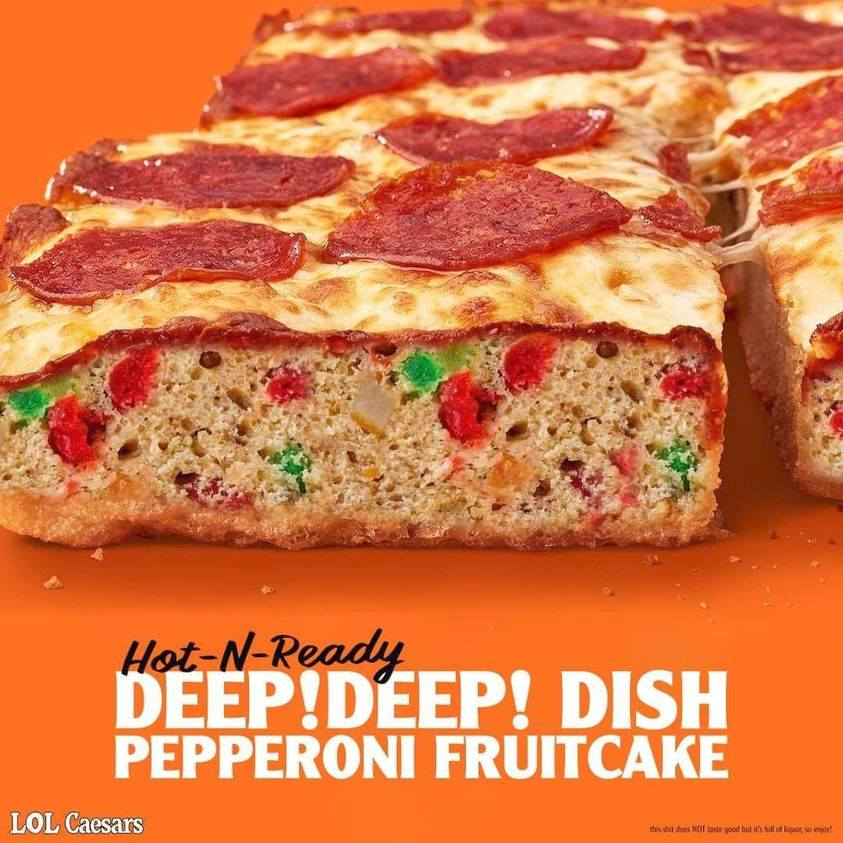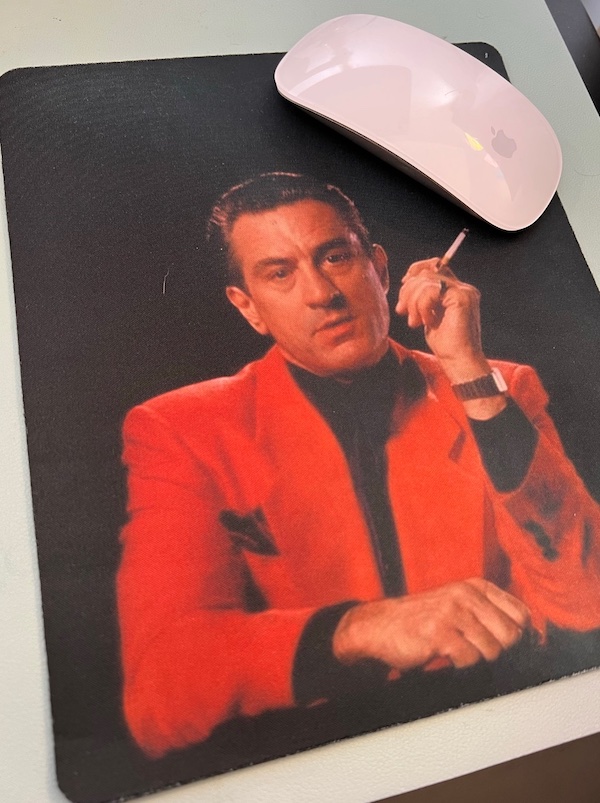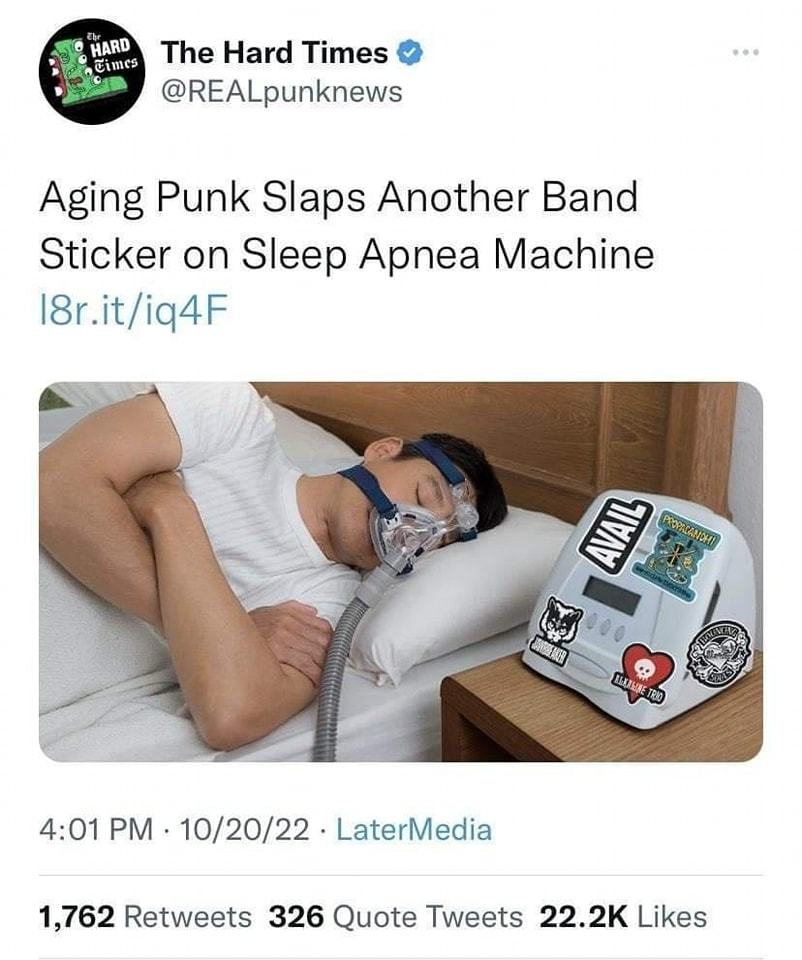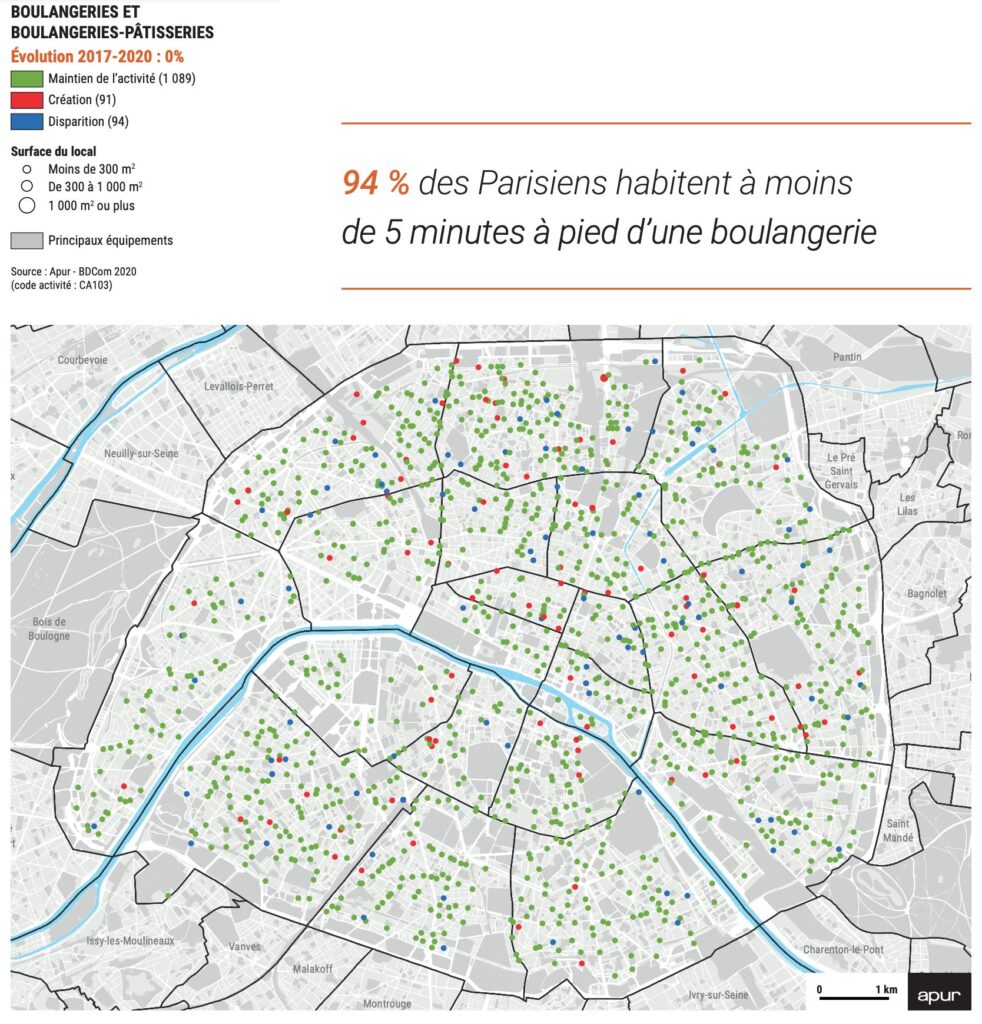
To the French, bread isn’t just sustenance, but a way of life. It’s a good thing that most Parisians live within a five-minute walk from a boulangerie, as indicated by the map above.
Paris is a very walkable city, and it shouldn’t come as a surprise that they coined the term flâneur for “someone who spends their leisure time going on strolls with no particular destination in mind.”
A walkable city and the presence of flâneurs is also a strong indicator that it’s a great place in which to live. This thinking has given rise to the concept of the “15-minute city,” a term coined in 2016 that refers to a place where dwellers can get to the places for their daily routine with no more than 15 minutes of walking, or at most, 15 minutes of cycling.
A 15-minute city or neighborhood should feel like the ideal presented in Jane Jacobs’ book, The Death and Life of Great American Cities. In such a city or neighborhood, it’s reasonable to regularly walk or bike to places such as:
- A grocery
- A drug store
- Other shops for regular daily or weekly needs
- A “third place” — a place that isn’t work or home where you can spend with other people in the community
The idea is so catchy that when Anne Hidalgo was running for re-election as Paris’ mayor, she made turning Paris into a 15-minute city one of her campaign promises:
The idea is that communities within each arrondissement of the French capital become more ‘self-sufficient’, with grocery shops, parks, cafes, sports facilities, health centres, schools and even workplaces just a walk or bike ride away. This triennial survey of the city’s commerce shows that – in this one particular area important to French people – it already is.
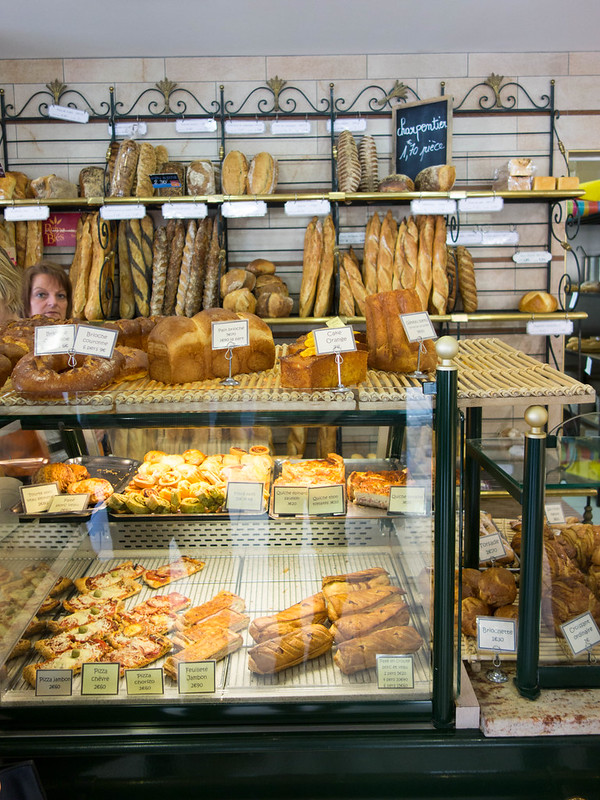
In case you were wondering what a boulangerie is, it’s a kind of bakery. The French are so into baked goods that they’ve created a number of terms for different kinds of bakeries:
- boulangerie: The kind of bakery that makes bread. In France, you need to bake the bread on the premises in order to be called a boulangerie. You buy “bread-y” good here.
- pâtisserie: A pastry shop. France and Belgium don’t let you call your bakery a pâtisserie if you don’t have a licensed master pastry chef on staff. You buy “cake-y” good here.
- viennoiserie: Between the boulangerie and the pâtisserie is the viennoiserie, or Viennese-style breakfast pastry shop. You buy brioches and croissants here.
After finding out how easily accessible boulangeries are in Paris, I decided to see if I lived within walking or cycling distance of one. If you live in Seminole Heights like I do, you probably do!
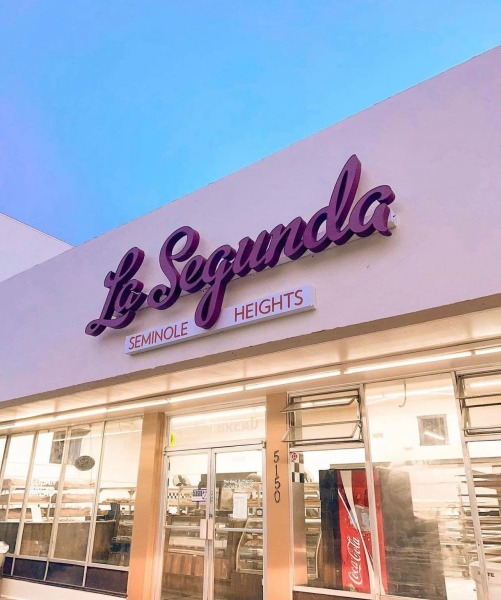
First, there’s the Seminole Heights branch of La Segunda, which used to be Faedo Family Bakery. Faedo has been making Cuban bread for over five decades, and La Segunda’s been baking for over a century. They are truly a Tampa answer to the boulangerie.

Then there’s Gulf Coast Sourdough, who not only make excellent bread on the premises, but fantastic sandwiches, and a very good cinnamon roll.
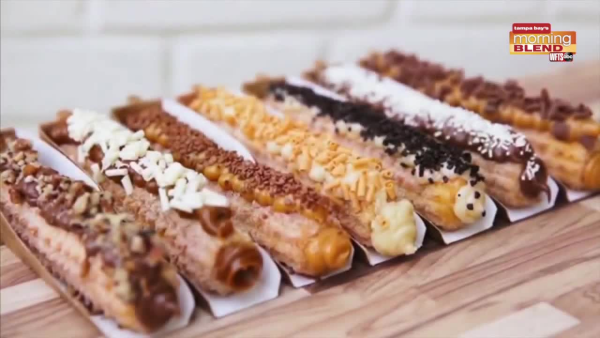
And finally, there’s Brazilian Fun Foods, who don’t just make bread, but gluten-free bread in the style of pao de quejo, a cheese bread made from corn flour and cassava starch. Their wares cover a wide range of carby goodness, from bread to pizza dough to churros.
Seminole Heights also has a grocery, a couple of pharmacies, many restaurants, cafes and bars, riverside parks, and even a Home Depot and Walmart (this is America, after all), all within walking or cycling distance. It’s a pretty nice place, and I like it here.
